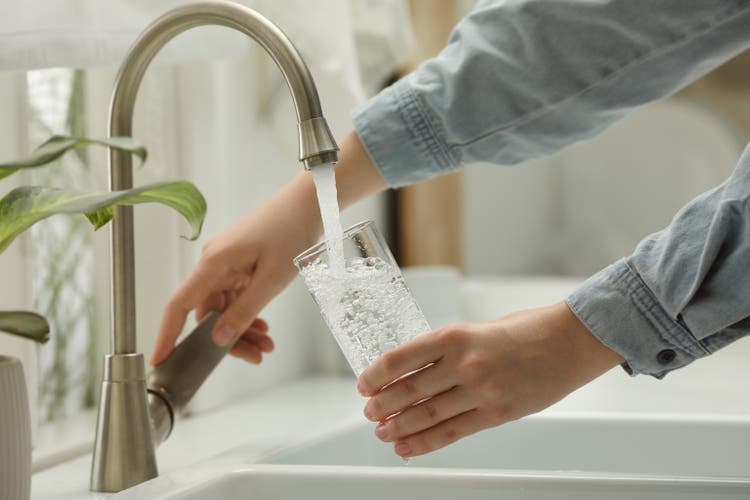
Liudmila Chernetska/iStock via Getty Images
The Environmental Protection Agency estimates that complying with the first U.S. rule to limit “chemicals forever” in drinking water will cost about $1.5 billion a year, although one industry body predicts that cost will be more than three times higher.
The U.S. National Primary Drinking Water Regulation sets limits for five individual per- and polyfluoroalkyl substances (PFAS) in drinking water.
Regulated public water systems have three years to complete initial PFAS monitoring. Systems that detect PFAS above the new standards will have five years to reduce chemical levels.
The American Water Works Association, which previously warned that the cost of compliance would exceed $3.8 billion annually, said it was “concerned that the health and financial impacts of the rule are not accurately characterized.” .
The Biden administration announced an additional $1 billion to fund PFAS detection and treatment systems to meet the new standard. The bipartisan 2021 infrastructure bill includes $9 billion to help communities affected by PFAS and another $12 billion to improve drinking water. However, according to the AWWA, this may not be enough.
Another industry group, the American Chemistry Council, opposed the rule, raising concerns about the science behind it and saying it undermines other higher-priority water issues.
American Water Works (NYSE:AWK) and the California Water Utility (NYSE:CWT) said they are ready to meet the new PFAS standards and are seeking funding to mitigate compliance costs.
Meanwhile, Courage & Conviction Investing expects Arq (ARQ) to benefit greatly from the EPA rule due to the expected increase in demand for granular activated carbon. Bob Rasmus, CEO of the environmental technology company, recently said that the rule “could generate a 3-4x increase in demand in the municipal water market alone.”